Small calibers like the 22 and 25 have always played important roles for many different reasons. The most obvious and substantive reason is giving citizens the ability to easily conceal a pistol in a pocket or purse as a means of self-defense.
These cartridges came about to fill a specific need and the demand for ultra-portable and concealable pocket pistols was born.
Mini pocket pistols (affectionately known as “mouse guns”) have always been in demand for those who desired protection but couldn’t handle or hide a heavy wheel gun holstered to a thick and heavy belt.
A lot has changed since the inception and introduction of these tiny rounds but highly concealable and pocketable guns are still wildly popular and desirable amongst the populace.
Even so, there is a cartridge that has dominated the market and left the other in the dustbin of history. Stick around to find out the victor in this tiny caliber war.
It’s a 22 vs 25 showdown. Who will be the one on top after the dust settles? Let’s find out!
Historical overview of the 22 LR rimfire cartridge:
Below are several 22lr cartridges in various bullet weights depending on the application. We include a brief history of the cartridge as well provided by Wikipedia.
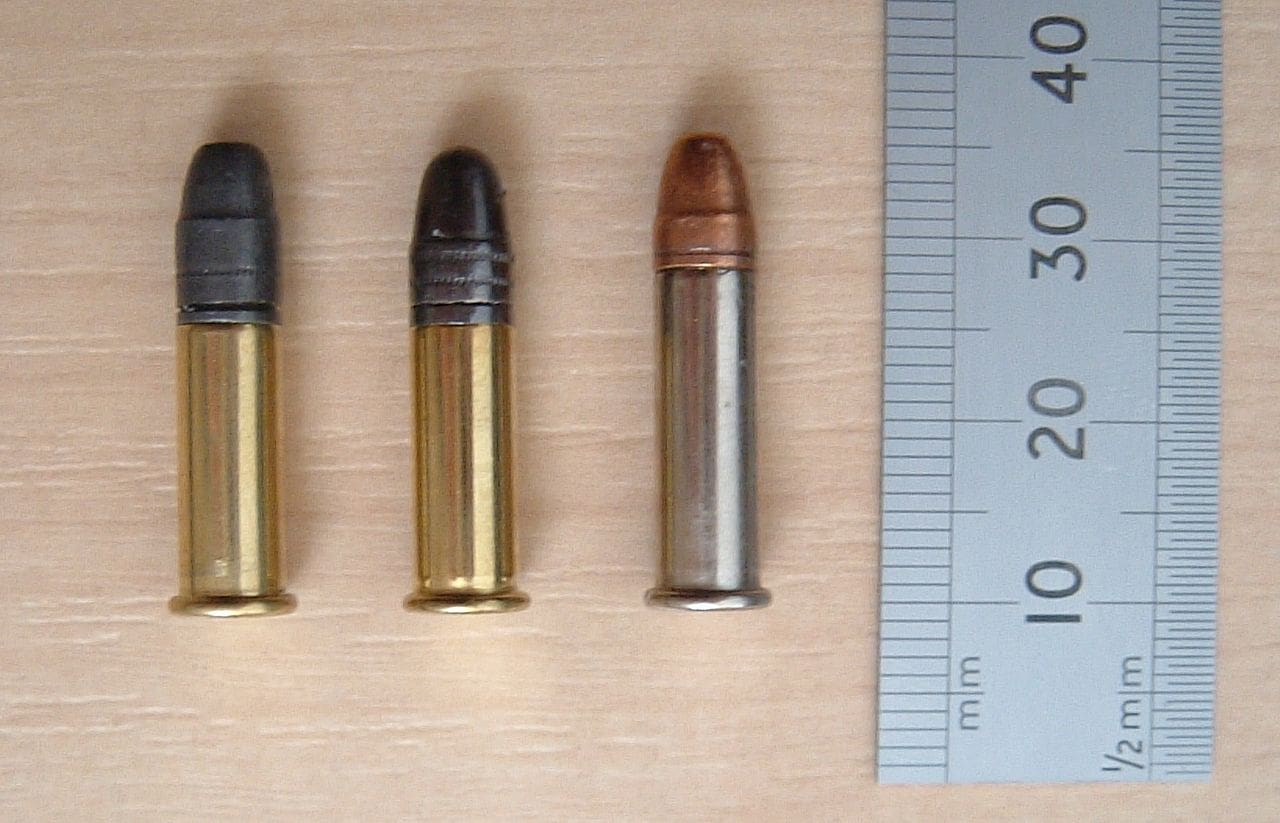

The 22 Long Rifle or simply 22 LR (metric designation: 5.6×15mmR) is a long-established variety of 22 caliber rimfire ammunition originating from the United States. It is used in a wide range of rifles, pistols, revolvers, smoothbore shotguns, and submachine guns. In terms of units sold it is by far the most common ammunition in the world today. Common uses include hunting and shooting sports.
The 22 Long Rifle is effective at short ranges and has little recoil making it ideal for training. American cartridge manufacturer Union Metallic Cartridge Company most likely introduced the 22 Long Rifle cartridge as early as 1884. The round owes its origin to the 22 BB Cap of 1845 and the 22 Short of 1857.
It combined the case of the 22 Long of 1871 with a 45-grain (2.9 g) bullet, giving it a longer overall length, a higher muzzle velocity, and superior performance as a hunting and target round, rendering the 22 Extra Long cartridges obsolete. The 22 LR uses a heeled bullet, which means that the bullet is the same diameter as the case, and has a narrower “heel” portion that fits in the case.
It is one of the few cartridges that are accepted by a large variety of rifles and handguns.
Wikipedia
Looking for a box of 22lr ammo for a great price? Check out these CCI Stinger rounds on Impactguns.com for only $8.98 for a box of 50.
The 22 long-rifle rimfire cartridge is one of the most used and beloved rounds ever made. The versatility of this ammo is unparalleled and its uses are almost limitless.
From plinking to target shooting, small game, and varmint hunting, as well as self-defense and a popular entry point for most new shooters weaning their way into larger calibers, the 22lr is here to stay and will likely be so until the end of Mankind!
It is also the most affordable cartridge and is great for practicing your marksmanship and general handgun fundamentals. It truly is indispensable and unrivaled, in that aspect alone.
Historical overview of the 25 ACP centerfire cartridge:


The .25 ACP (Automatic Colt Pistol) (6.35×16mmSR) is a semi-rimmed, straight-walled centerfire pistol cartridge introduced by John Browning in 1905 alongside the Fabrique Nationale M1905 pistol.
The cartridge is of semi-rimmed design meaning that the rim protrudes slightly beyond the diameter of the base of the cartridge so the cartridge can headspace on the rim.
Though the .25 ACP was designed for semi-automatic pistols, various .25 ACP revolvers were produced in the early twentieth century by Belgian, French, and German gunmakers such as Adolph Frank and Decker.
In the late twentieth century, Bowen Classic Arms produced a custom Smith & Wesson revolver in .25 ACP.
Wikipedia
As the size of auto-loading pistols shrank, there came a need to develop a new centerfire cartridge that we now know as the 25 AUTO.
It still fills a niche today but the market for 25 ACP has steadily been on the decline as there are no manufacturers that produce new models to fire the once-thriving round.
However, many people own vintage mouse guns as they were produced in mass from the 1900s up until most of the 1970s by various manufacturers such as Colt, Beretta, Fenix Arms, and Raven Arms- just to name a few of the most prevalent manufacturers.
So long as a sufficient amount of people own and enjoy firing their relics from the past, there will be ammo manufacturers to meet that demand.
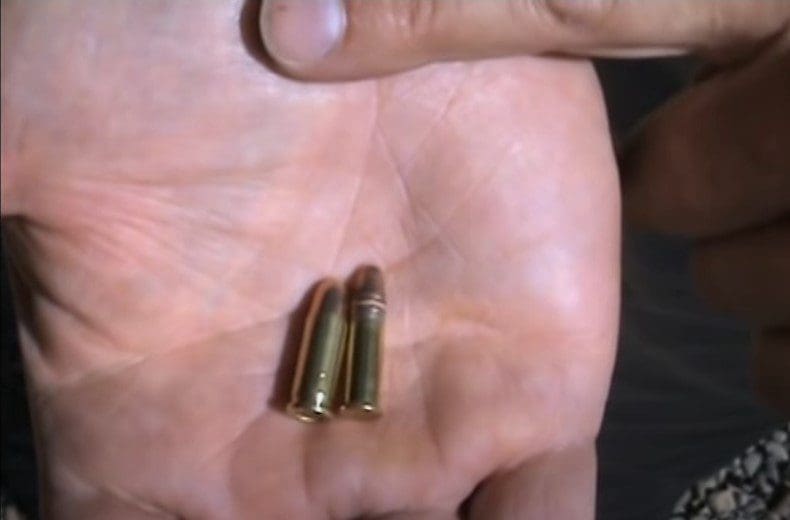

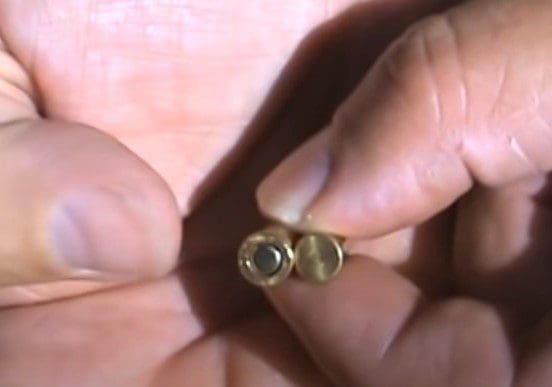

Ballistic comparisons and penetration: Who wins?
Paul Harrell made a really good point in one of his YouTube videos comparing 22lr vs 25 auto. All things being equal (or as equal as they can get), when the barrel length and the bullet weight were made more or less the same, both rounds performed without hardly any discernable distinction between them.
So a 35-grain 25 auto hollow-point (shot out of a Colt model 1906 with a 2-inch barrel) has a velocity only 15 fps faster (865 fps) than a 36-gr 22lr lead slug (850 fps) out of a Beretta 21a with a 2.4-inch barrel. All things considered, this is a nearly identical result.
However
The average length of most modern 22lr pocket pistols, or purse guns, is 3-3.5 inches so the velocity will be a marked improvement over the tiny pocket pistols chambered to shoot 25 auto.
The average bullet weight for low-velocity 22lr ammo is .40-gr and the average bullet weight for high-velocity 22lr ammo is .36-gr. Because of these common use variables, 22lr is bound to outperform 25 auto in feet per second and penetration capabilities.
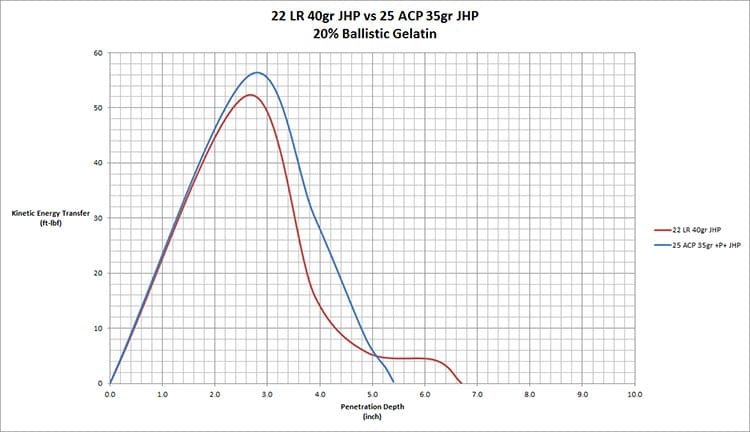

In the ballistic test image shown below, the 25 ACP had kinetic energy at the muzzle of 63 ft-lbs while the 22 LR had 79 ft-lbs.
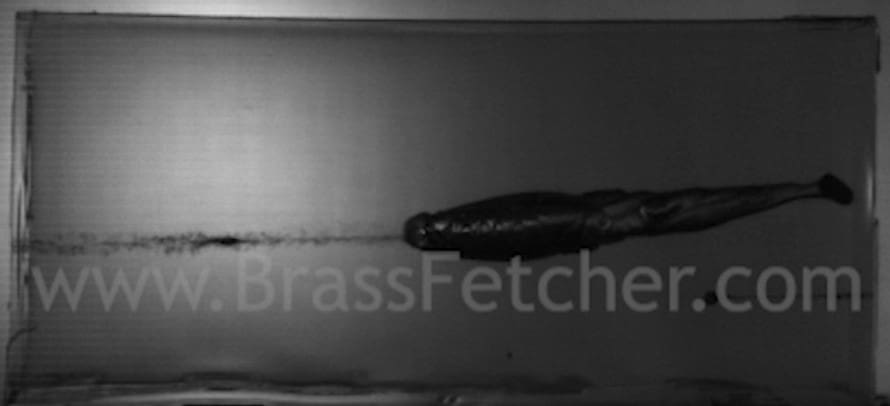

The full-metal jacket 25 auto Winchester does penetrate well even with the slightly larger diameter bullet that weighs 10 more grains.
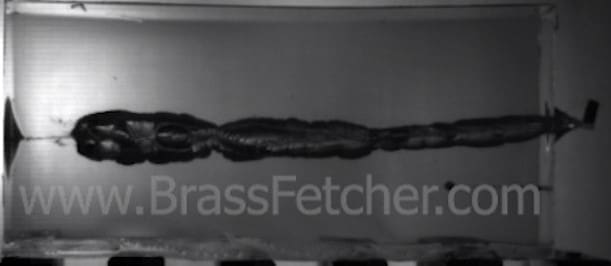

As you can clearly see in the image above, the hollow-point expansion of the 22lr CCI Velocitor is too minimal when fired from a 3.5″ barrel to stay within the gelatin block. This is great for penetration but means the wound cavity is much smaller as a result.
Our takeaway? 22lr is the clear winner here. Penetration is the most important metric after shot placement.
With the lower cost of ammo and available ammo loads along with a much greater variety of pistols that can reliably chamber and fire the 22lr round (the Taurus TX22 being a prime example), the 22lr is a better choice for self-defense situations.
Just about all pistols chambered in 25 auto (i.e. Colt 1908 and Baby Browning) have tiny sights that are hard to see and use, even if you have time to line them up properly, but a majority of modern handguns chambered in 22lr have far superior sights and that alone can make all the difference!
25 auto pistols are also much smaller on average- and offer less grip- but are more concealable as a result.
Range of 22lr bullet weights, types, and velocities
Fun Fact: The velocity ratings on most 22lr ammo are measured out of an 18.5-inch rifle barrel. This number will decrease substantially when fired out of a short-barreled pistol.
This is important because penetration and hollow-point expansion are dependent upon higher velocities! Below is a chart of the most common bullet weights and types.
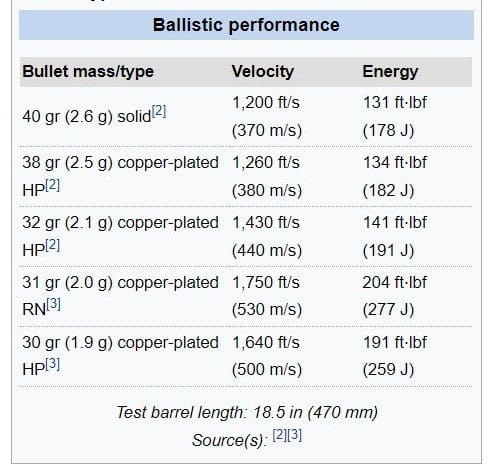





Range of 25 ACP bullet weights, types, and velocities
On average, 25 ACP has a higher maximum bullet weight due to its larger diameter but achieves a lower velocity due to the shorter barrel lengths it was designed to fire from.
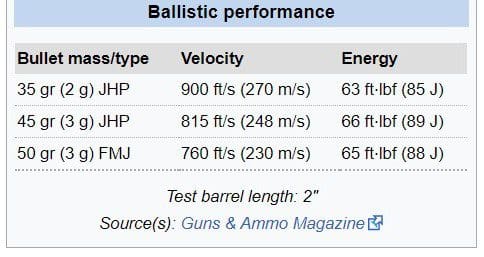





Has the 22lr cartridge made the 25 ACP obsolete?
For all intents and purposes, I believe that it has. While there may always be some who prefer to carry the smallest possible pistol they can find, most people will choose the 22 with a 10-round plus capacity over a 6-shot 25-pocket pistol.
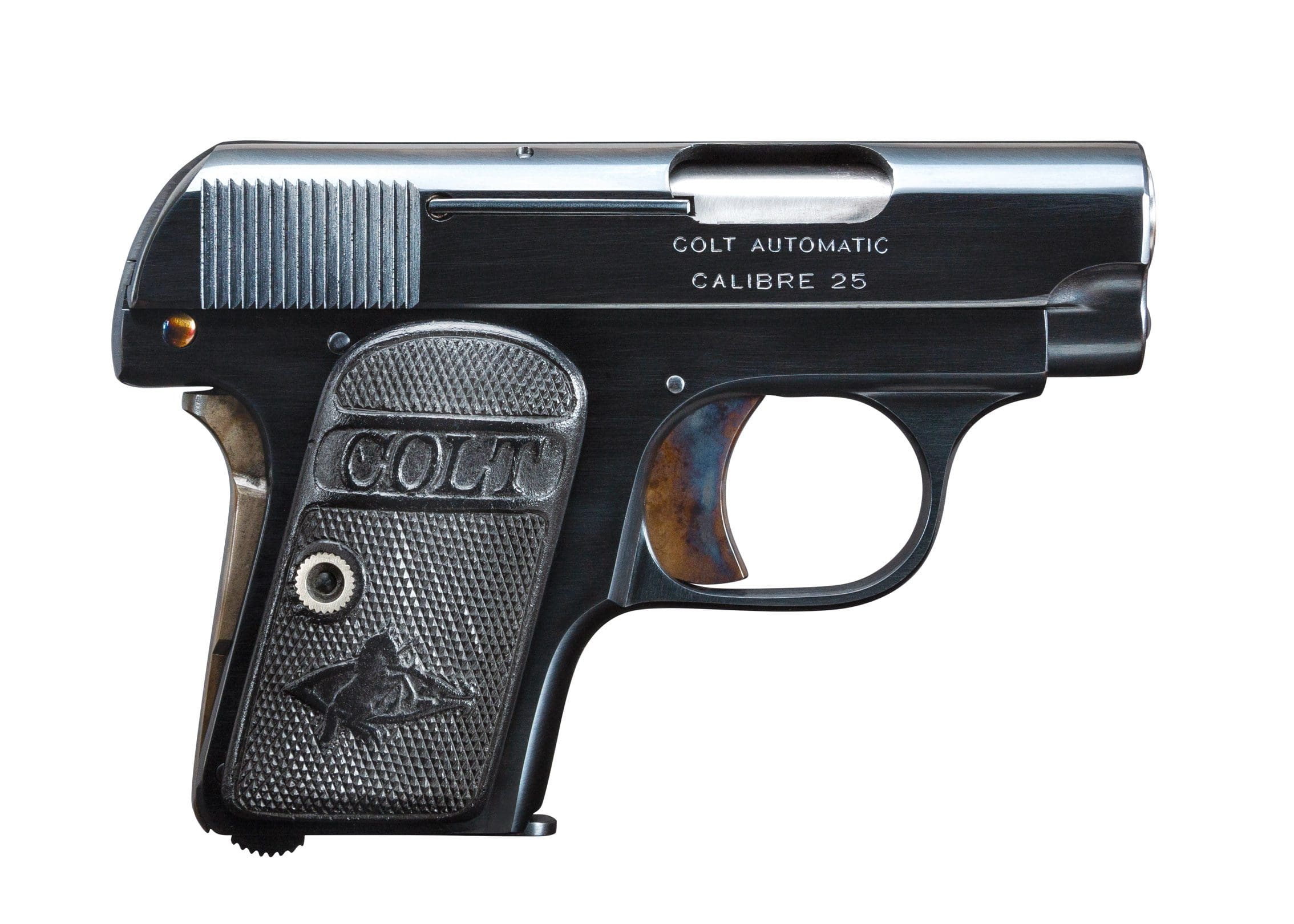



In certain situations, the person carrying the 22 is unable to handle the recoil of higher calibers or needs something easier to conceal in casual clothing.
This is particularly true for those with arthritis or women with smaller hands. 22 pistols come in a larger variety of form factors and are easier to get proficient at, as well as achieve more accuracy with, thanks to better sights and excellent ergonomics.
Which round is more practical in terms of cost and availability?
Due to its dwindling use, 25 auto is exorbitantly expensive! It seems to be easy enough to find locally or online but you’d have to own a Colt 1908 to justify paying 70-90 cents a round for it!
That’s fine and dandy if money is not an object but to the regular Joes among us, it’s highway robbery. Of course, it’s all about supply and demand and the demand just isn’t what it used to be.
On the other hand, 22 LR is usually available online (though we have gone through some droughts as of late) and the prices have gone up considerably over the years but it’s still the most affordable ammo you can buy at just 8-10 cents per round on average.
I think it’s no surprise that 22 LR wins this round in spades.
Who wins this cartridge battle: 22lr or 25 ACP?
If you’ve made it this far, it should come as no surprise that I declare the 22 the ultimate winner of this ammo battle!
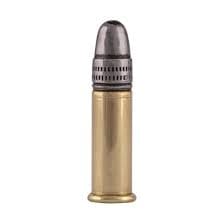

The next battle on the docket is the .380 vs *** Let us know what our next matchup should be! Keep reading to find the answers to other frequently asked questions about these two rival rounds!
22lr & 25 Auto FAQs
What Is More Powerful, 22lr Or 25 ACP?
Both the 22 and the 25 are considered low-power cartridges and are nearly equal in velocity and muzzle energy when fired through a short barrel.
When you take into account that the 22 can also be used in rifles with much longer barrels, the 22 is more powerful by far.
We have to consider the most commonly used firearms and barrel lengths, as well as ammo loads, to conclude that 22 has the edge in power and penetration.
Both rounds are subsonic when fired out of a short barrel but the edge goes to the 22 in this comparison.
Is 25 ACP lethal?
The lethality of small calibers is often a point of contention for those unaware of their actual potential.
There are countless real-world statistics that have shown that 25 AUTO can indeed cause death!
The difference is, how long it takes to achieve a deadly result vs larger, more powerful calibers.
This may prove relatively quick with shots fired at the head of an attacker, regardless of caliber size.
25 ACP was designed as a small caliber that is capable of producing a lethal result when fired at close range. Due to the relatively low velocity of this round, target placement is vital to achieving lethality in the intended target.
Thanks to the especially low recoil impulse of this cartridge, fast and accurate shot placements are achieved more easily than with larger calibers.
If your shots aren’t on point, however, a determined assailant will most likely survive the encounter long enough to continue their assault.
Is 25 Caliber Rimfire?
The 25-caliber round was designed by John Moses Browning to be the smallest possible cartridge to house a centerfire primer.
It is the smallest auto-loading cartridge in current production and was made to improve reliability over rimfire cartridges.
Is All 22 Ammo Rimfire?
To the average shooter, this may seem like a silly question but, nevertheless, it is a question that will inevitably be asked by a novice.
Since its introduction in 1884, the 22lr cartridge has always been and was designed to be a rimfire round.
Is 22 Caliber Bigger Than The 25 Caliber?
The best way to answer this question is to give you the bullet and case dimensions of both cartridges.
The bullet diameter of the 22lr caliber is 5.7mm and the bullet diameter of the 25 ACP caliber is 6.4mm.
The case length of the 22lr caliber is 15.6mm and the case length of the 25 ACP caliber is also 15.6mm.
The rim diameter of the 22lr caliber is 7.1mm and the rim diameter of the 25 ACP is 7.7mm.
As you can see by the measurements above, the 25 caliber is slightly bigger in diameter but equal in length to the 22 LR caliber cartridge.
How Effective Is A 25 Automatic?
25 auto can be effective at close ranges. The FBI states that the mean average distance for a lethal confrontation is 7 yards.
The 25 auto is capable of lethality beyond 7 yards but effective shot placement begins to waiver after 10 yards in most self-defense situations.
The round will only be as effective as the shooter can make it. Once you factor in adrenaline, panic, and a whole myriad of unforeseen variables, the ability to be effective past 10 yards decreases dramatically.
Which Caliber Is Better For Self-Defense: 22lr Or 25 ACP?
While there are a few classic mouse guns (Colt Model 1908 and the Baby Browning) that are meant to chamber the 25 AUTO, the Gun Control Act of 1968 banned the import of certain-sized handguns and put tariffs on others.
Because of these new tariffs and bans, less-than-stellar manufacturers like Raven Arms and Fenix Arms began to fill the demand and as a result, the 25 ACP took a dive in its reputation.
While this may seem unfortunate, it actually fueled the development of a new generation of 22lr autoloaders that have become some of the best small arms in existence- the most notable being the Taurus TX22, Ruger SR22, Walther P22, Glock 44, and the Smith and Wesson M&P22.
There is no doubt in my mind that with the advancements made in 22lr ammo and the pistols that fire them, the 22lr is a superior choice over the 25 ACP for self-defense!
Will 22lr Stop An Intruder?
There are many misconceptions about the capability, or lack thereof, of the 22 LR in regard to stopping power.
While nobody will argue that 22 LR isn’t underpowered compared to the most commonly used self-defense calibers, that doesn’t mean it can’t stop an intruder in his tracks.
Most intruders are looking for easy targets and once a firearm is produced, of any caliber, the vast majority of petty criminals will scurry off at the sight of it and look for easier prey.
This dynamic changes, however, if the intruder is determined to cause harm to the potential victim and he himself has a weapon- or worse yet- a gun to carry out his nefarious scheme.
Will a 22 stop an intruder then? It probably won’t stop him if he has sufficient motivation or a particular animous towards his intended target, but, if enough shots are placed in the right spots, it will indeed stop the intruder.
Most intruders will be dissuaded from any further actions if a sufficient amount of pain registers in their brains.
Smaller bullets may be harder to “feel” in the short term, especially if the attacker is amped up on drugs, but if you manage to empty a magazine worth into his skull- it won’t matter.
Is 25 ACP A More Reliable Cartridge Than 22lr?
Centerfire cartridges are inherently more reliable than rimfire cartridges but both can be affected by the elements.
With rimfire, you don’t have an external primer casing that might fail to go off if solvents or water manage to penetrate the seal.
Typically, rimfire failures are as much a gun problem as they are an ammo problem.
22 automatics are sometimes picky about their ammo, requiring high-velocity rounds to reliably cycle the action, and some misfires are caused by light rim strikes.
Higher quality 22lr ammo (CCI branded) seems to solve those problems in those finicky firearms, but guns like the Taurus TX22 eat everything you throw at it!
This would suggest to me that 22lr is only as reliable as the pistol you use to fire it. On the other hand, 25 ACP is generally indifferent to the pistol you use to fire it, so long as the firearm is in working order.
This may be more of an issue if you’re using 25 autos made by Fenix Arms or Raven Arms but less so if it’s a Colt, Browning, or Beretta.
Can 22lr Or 25 Auto Be Used For Hunting?
22lr is the hands-down winner in this regard. Because the 22lr can be used in long-barreled rifles, it makes an excellent round for hunting small game and eradicating vermin.
I wouldn’t recommend anyone hunt with a 2-inch 25-caliber pocket pistol!
The 25 auto was never designed with hunting in mind but for self-defense using the smallest pistol feasibly possible.


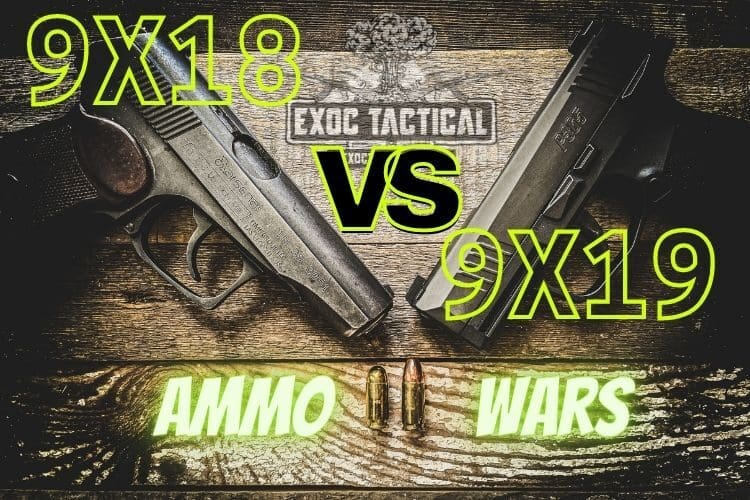
As to stopping power both the .22 and the .25 will stop anyone with a head shot.
I agree, for the most part. I think both rounds could easily prove fatal if they hit a skull dead on but at an angle the .25 is more likely to be deflected due to its larger diameter. Not saying a 22lr can’t also be deflected but is just less likely due to it small diameter.